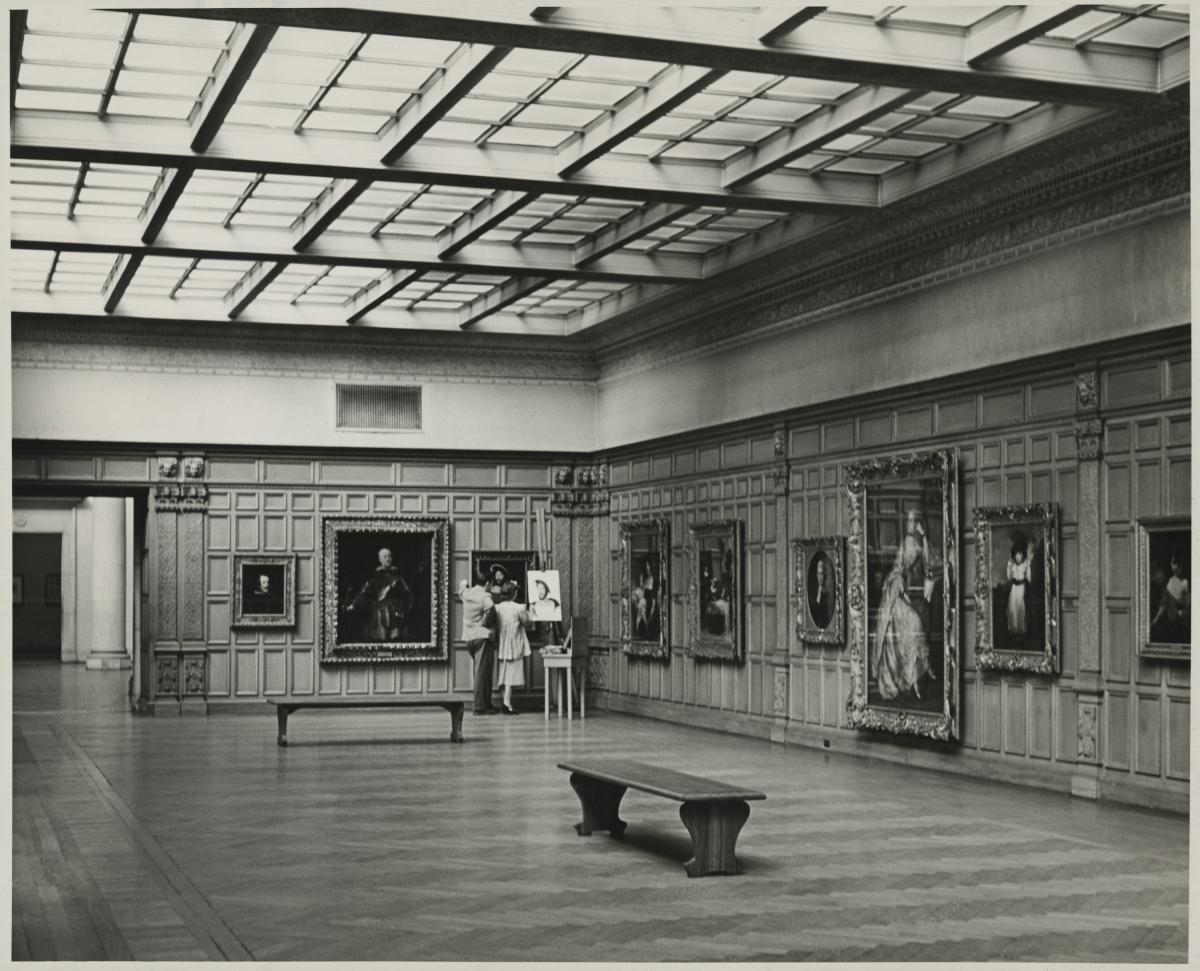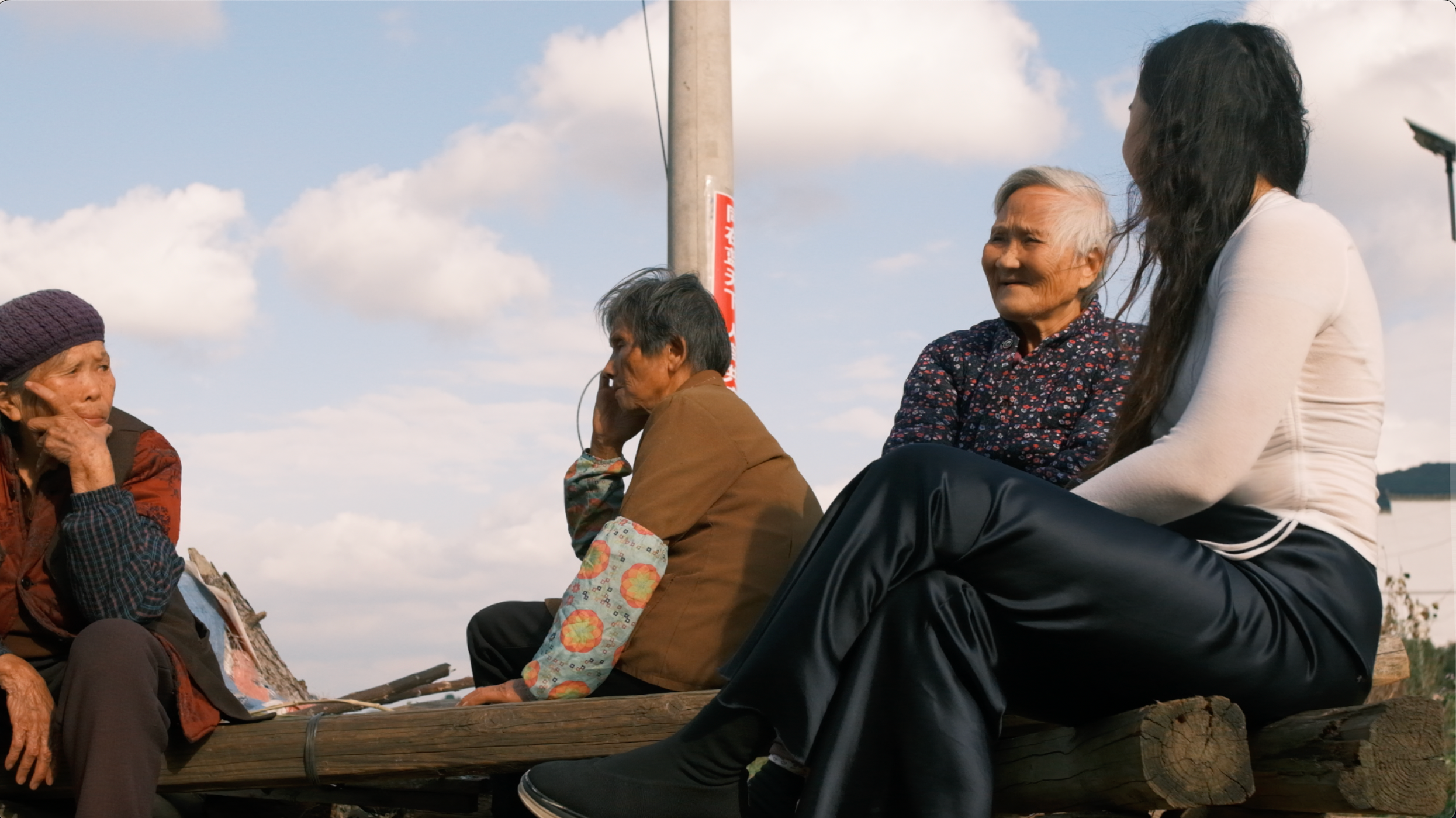By ESTHER BELL
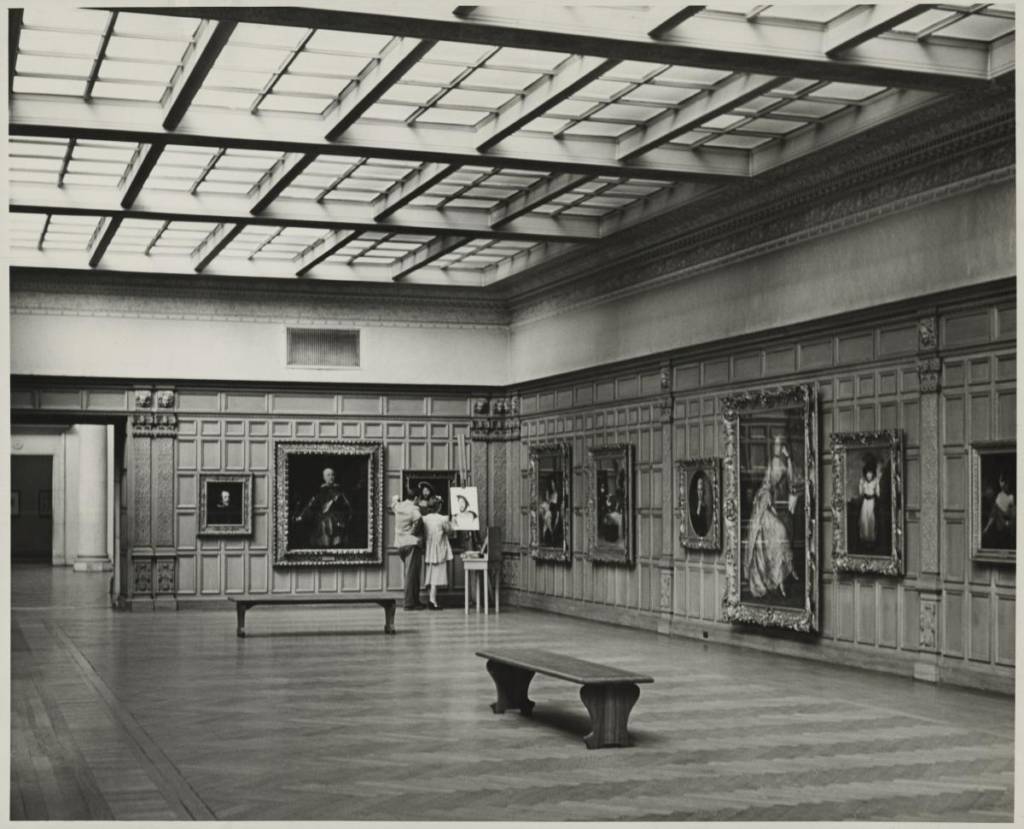
I am a sixth-generation Texan who married a fiercely native New Yorker, which means I have a keen appreciation for the ways in which places shape lives. When I moved to Cincinnati, Ohio, in the dead of winter last year, it was an odyssey that once again challenged my sense of identity. Cincinnati is worlds apart from both Texas and New York, and unlike those proudly parochial states, this city can lay a strong claim as the heart of America. It was settled in 1788 on the banks of the Ohio River, and at the turn of the century, Henry Wadsworth Longfellow named it “the Queen of the West”:
And this Song of the Vine,
This greeting of mine,
The winds and the birds shall deliver
To the Queen of the West,
In her garlands dressed,
On the banks of the Beautiful River.
—“Catawba Wine,” 1854.
Cincinnati rests at the crossroads of the United States. It is four hours north of Nashville and four hours south of Chicago. I do my grocery shopping across the Ohio River in Kentucky—less than a mile from where I live.
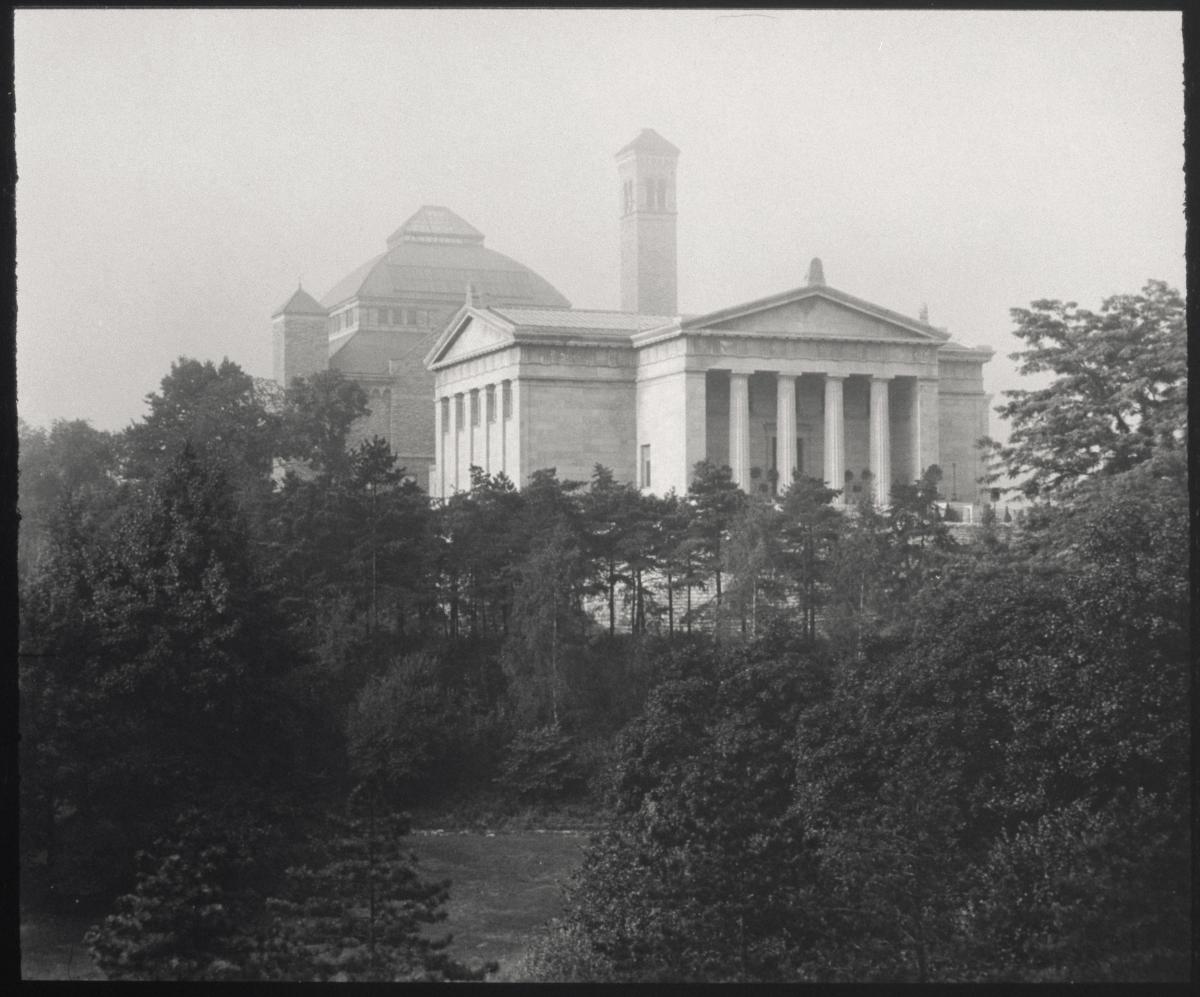
My husband and I packed all of our worldly belongings in the backseat of a rented Ford Taurus and left Brooklyn so I could assume the position of Curator of European Paintings, Drawings, and Sculpture at the Cincinnati Art Museum. I am an art historian and a curator, and the museum hired me to be the steward of one of the great collections of European art in the United States. The Art Museum is, in fact, one of the oldest in the country—founded on February 15, 1881. The building itself opened five years later on a manicured city park, optimistically known as Eden Park, atop a large hill that is visible from miles away [Figs. 1 and 2]. The local press called this decidedly grand Romanesque Revival structure, with its thick stone walls and looming tower, “the Art Palace of the West.” Encyclopedic in scope, the Art Museum’s collections encompass over sixty thousand objects spanning six thousand years of global civilization.
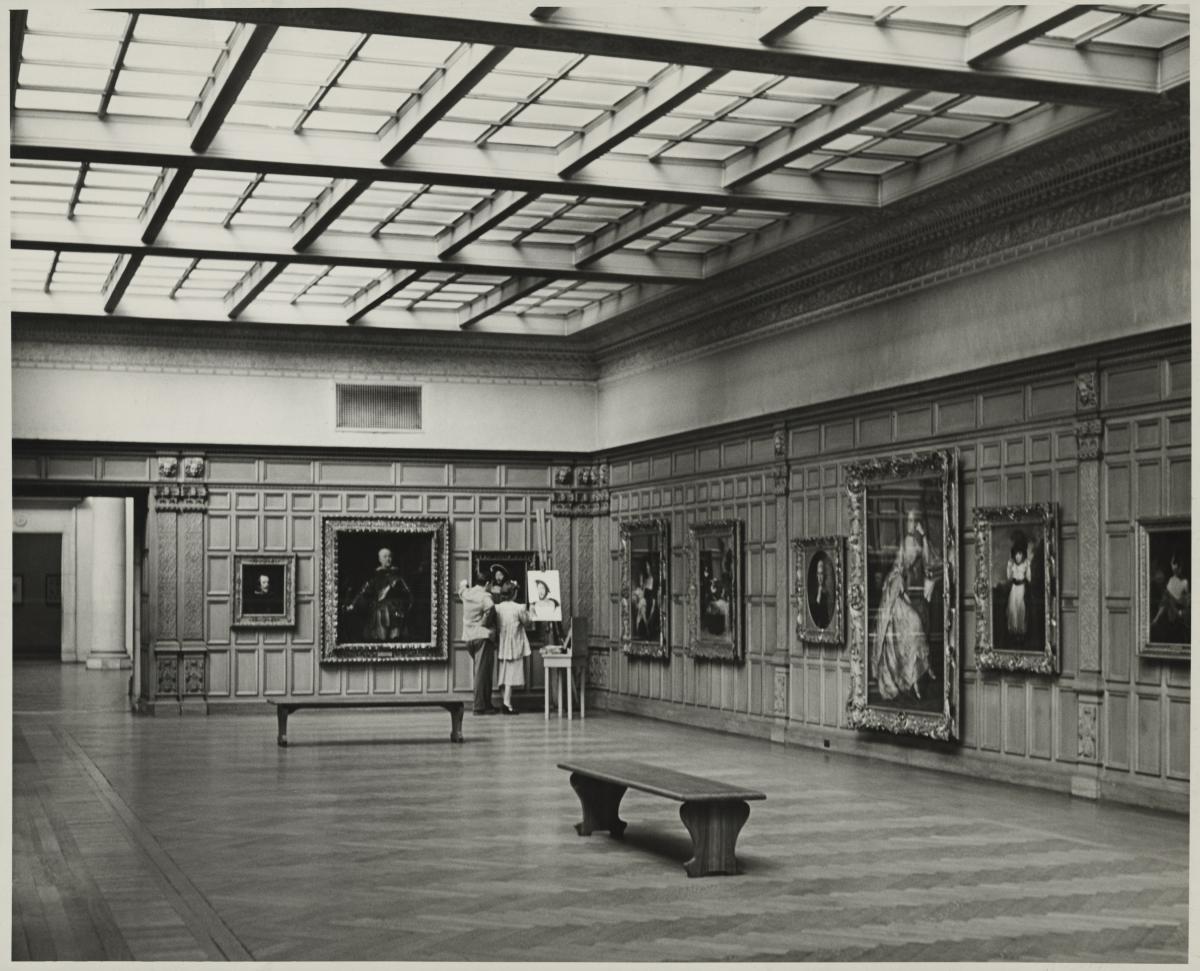
The word curator can be traced back to the mid-fourteenth century, from the Latincurator—“overseer, manager, guardian”—agent noun from curatus, past participle of curare. Originally the term was applied to those in charge of minors, lunatics, and the like, and later, in the 1660s, it evolved to mean an “officer in charge of a museum, library, etc.” My professional identity embraces both of those meanings: while I am “in charge” of a significant portion of the museum’s holdings, “my” objects often feel like fragile persons who depend on my care. Their well-being, in fact, is my primary responsibility. My colleagues and I go to great lengths to ensure they are not too cold, not too hot, and not too humid; we also protect them from careless or malicious visitors’ hands. The constancy of these beautiful objects provides me with familiarity and comfort in my new hometown. I am honored to be their custodian—responsible for their presentation, their perceived meaning, their maintenance, and their protection, so that future generations can, like me, use them to understand the world we live in and how it evolved.
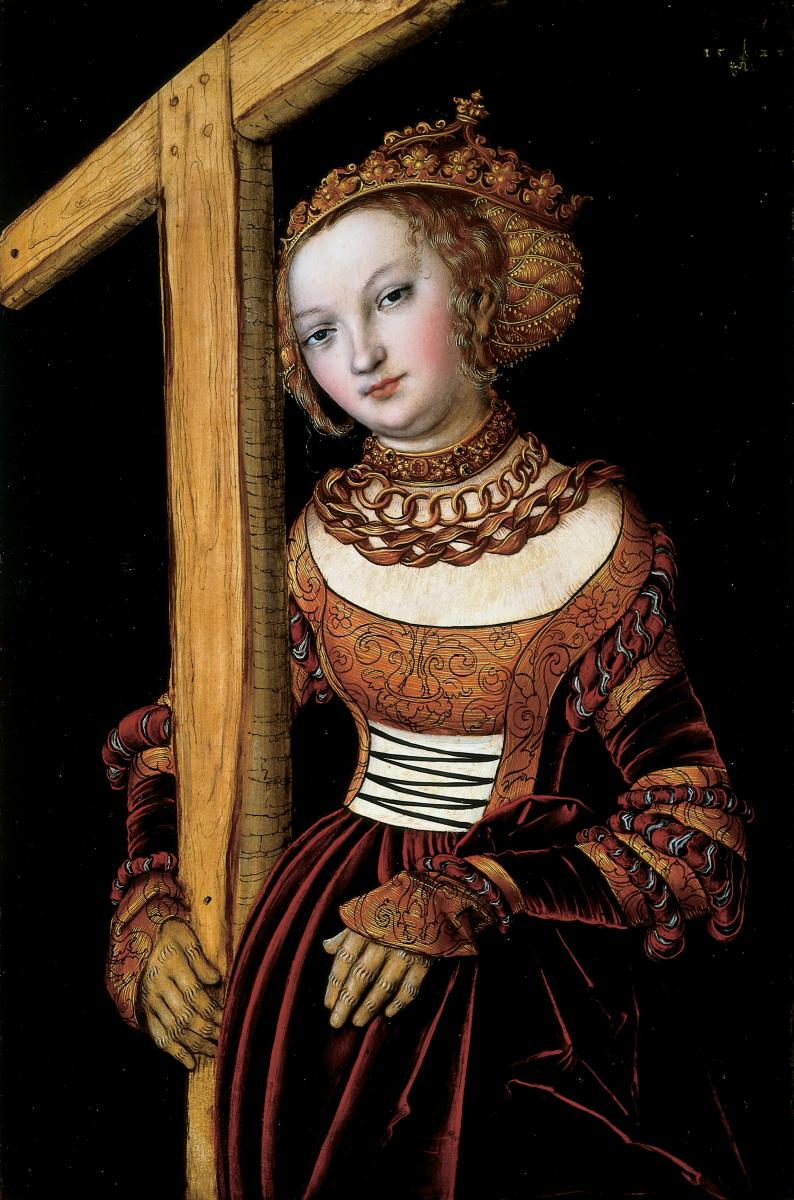
The European galleries at the Art Museum display medieval crosiers and Gothic ivories and Spanish frescoes and Dutch still lifes and Neoclassical terra-cottas and Impressionist landscapes and pure abstractions—and this vast collection anchors my days. Lucas Cranach the Elder’s glorious Saint Helena with the Cross [Fig. 3], from 1530, greets me each morning on my walk through the galleries to my office. Saint Helena’s delicate leather glove grasps the cross, and her small eyes pierce the space between us. That peculiar woman—in her gold-brocaded, red velvet dress—watches, too, as I leave at the end of the day, in reverse direction, from office through gallery to parking lot. Each day she hangs there. For almost five hundred years she has looked outward from her fragile piece of red beechwood—at the Princes of Liechtenstein, who owned her in the nineteenth century (she was displayed in their gallery in Vienna in 1851), and now at schoolchildren, tourists, and other visitors.
The ways in which museums come to acquire objects have always fascinated me. In the art world, we call this “provenance,” the collection of information about who has owned the object, where it has been exhibited, what child inherited it after which parent’s death, what wife sold it after a vicious divorce, what king used it to stave off financial ruin. These historical circumstances create a parallel framework of meaning. Many of the paintings in our museum were acquired at the turn of the century by wealthy collectors, from the likes of Duveen or Scott & Fowles, the art merchants responsible for supplying masterpieces to so many museums in the United States. These shrewd gallerists sent their crates from New York by railway, allowing their large and priceless canvases to travel precariously and slowly for hundreds and hundreds of miles to a community in the American West that wanted to exalt them in its grand building on a hill.
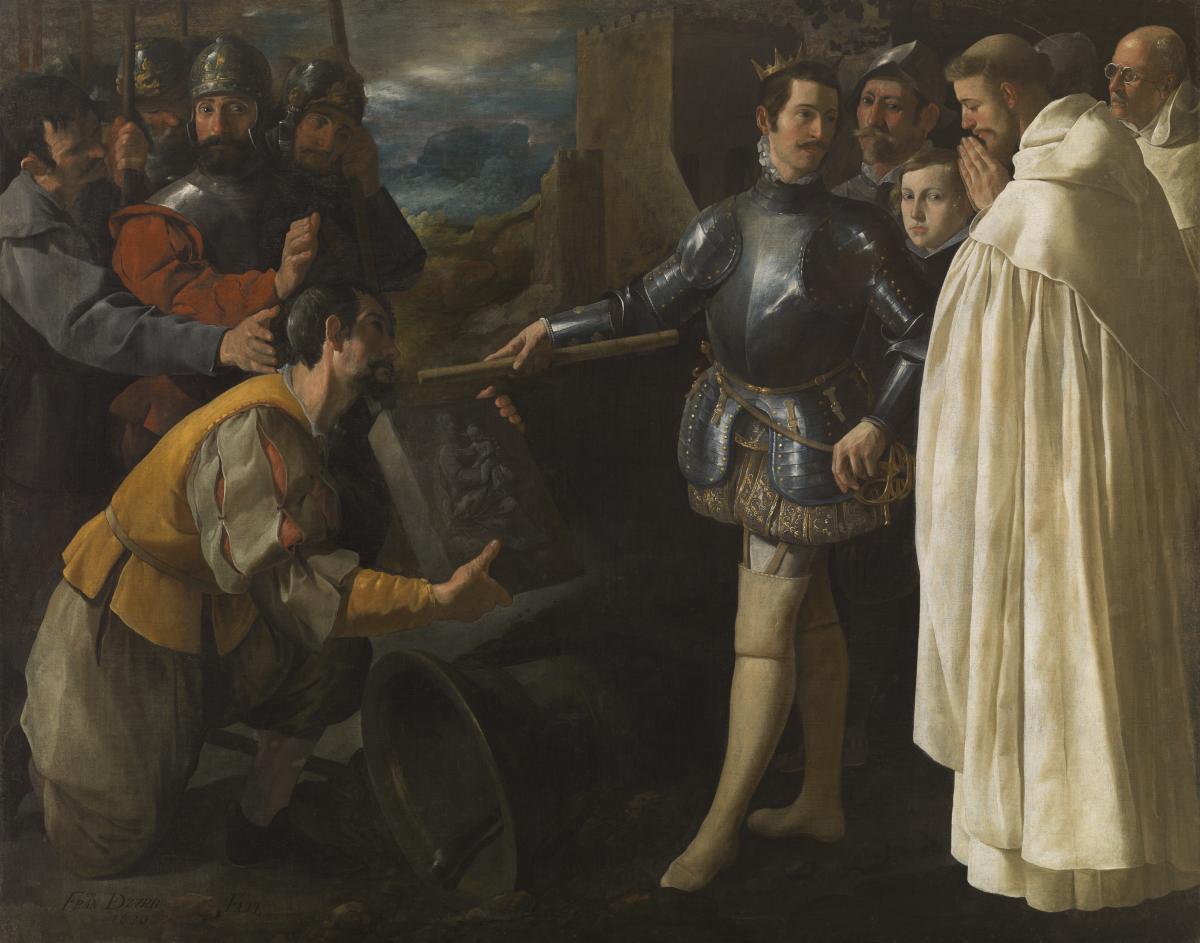
In 1917, the Art Museum acquired a large-scale painting by Francisco de Zurbarán,Saint Peter Nolasco Recovering the Image of the Virgin of El Puig [Fig. 4], dated 1630. Commissioned by the Convent of the Merced Calzada in Seville, in southern Spain, it depicts the delightfully bizarre tale of Peter Nolasco discovering a miraculous image of the Virgin (that had been carved by angels and buried inside a bell for safekeeping). Zurbarán was arguably the most famous religious painter of his day, and the painting was meant to hang in the convent in celebration of Peter’s canonization. But about two hundred years later, King Louis Philippe of France sent his envoys to Spain during the Carlist Wars and brought back the country’s finest paintings to adorn his Galerie Espagnole, the Spanish museum housed within the Louvre. In 1838, when Louis Philippe was deposed and bankrupt, he dispersed his collection in a forced sale—which Baudelaire deemed the fault of “la stupide république française”—and the Zurbarán painting was sold by James Christie (who founded the ever-flourishing auction house) in London. It eventually made its way to Cincinnati, where it was bought by a group of ambitious collectors and given to the museum in honor of the late Charles F. Fowles. The powerful art dealer had befriended these Ohio collectors, and they chose to honor his name after he died on the Lusitania when it was torpedoed by a German U-boat in 1915. From rural Spain, to a French palace, to Cincinnati.
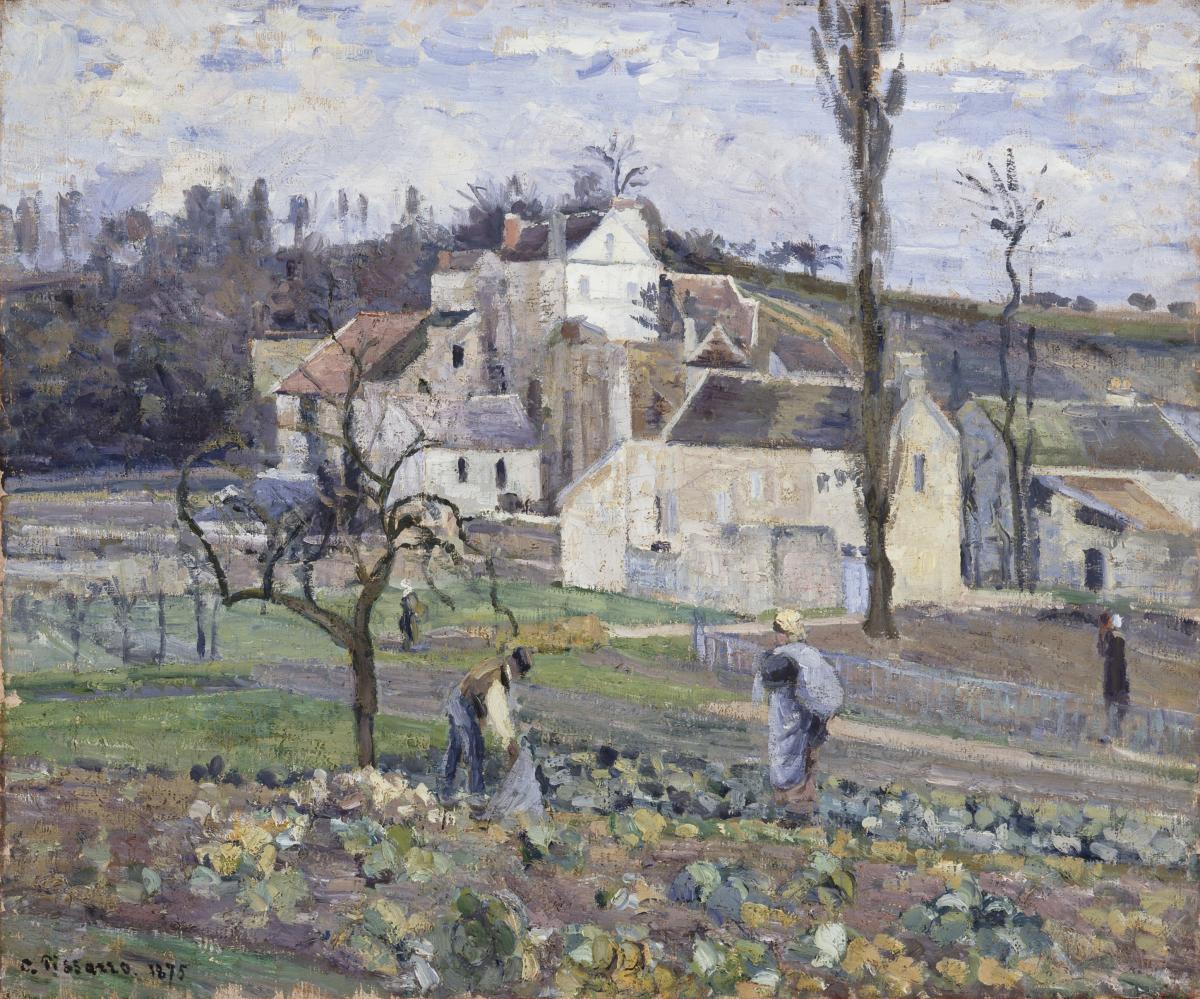
Camille Pissarro, “the dean of Impressionism,” certainly had no idea that his light-filled ode to country labor would powerfully command the center wall of one of the many galleries of French paintings in Cincinnati, Ohio. He sold Cabbage Patch Near the Village, of 1875 [Fig. 5], with its blocklike forms and mossy palette, to his good friend and fellow artist Gustave Caillebotte. When Caillebotte died in 1894, he left his collection to the state. But the French Ministry of Arts rejected Pissarro’s work, because (supposedly) it was “too modern,” and the painting was returned to Caillebotte’s family. The work was eventually sold to a gallery in Paris, which sold it to another in New York; the picture then made its way to Cincinnati. One wonders what might have offended a French bureaucrat enough to send back this quiet and poignant scene unfolding at the foot of a Pontoisian hill. My eye always lingers on the ghostlike figure at the far left, behind the twisted, fragile tree—just a dash of white paint to ind-icate a starched bonnet, bleached by sunlight, out in the cabbage patch.
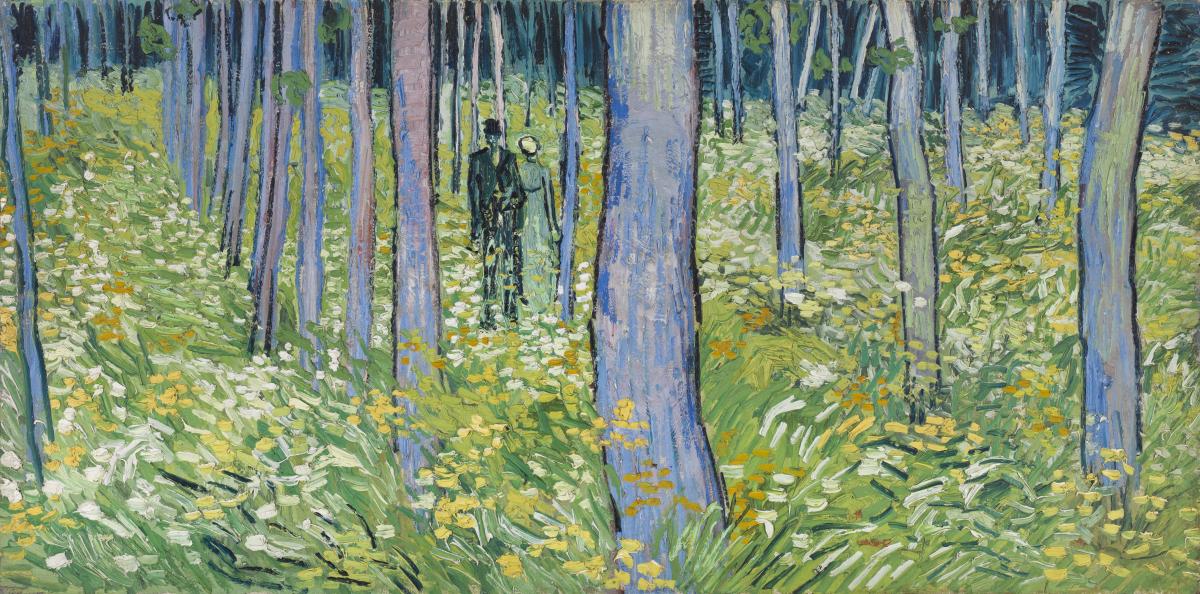
In May 1890, Vincent van Gogh left the asylum at Saint-Rémy for Auvers-sur-Oise, a small village on the outskirts of Paris. There, in the final weeks of his life, he painted a series of horizontally formatted compositions violently layered with oil on canvas. These last works seem to foreshadow the poignant demise that every art-appreciating amateur knows so well. His Undergrowth with Two Figures [Fig. 6] belongs to the genre of sous-bois paintings: compositions that feature the rotting floor of the forest, with the knobby roots and twisted vines of a purely natural, untouched, and overrun space. Van Gogh writes to his brother Theo about his progress on this painting in a letter dated 2 July 1890, adding: “I, too, am trying to do as well as I can, but I don’t hide from you that I scarcely dare count on always having the necessary health.” The shadowy figures of the painting are swallowed by the forest floor; he writes: “the depths of the sous-bois are blue, and under the big trunks the flowery meadow, white, pink, yellow, green, long russet grasses and flowers.”
I’ve now lived in Cincinnati for almost one year, during which I’ve discovered canopied streets lined with white-columned antebellum homes; a downtown neighborhood called Over-the-Rhine in homage to the early German settlers and filled with the largest collection of Italianate architecture in America; and a spot on the Kentucky side of the river now marked by a large plaque where, in the winter of 1854, slaves walked across the frozen water in search of the Underground Railroad and their freedom. As I write this in late summer, the air is growing thick and humid, and it’s hard to remember those snowy and gray winter months when I first arrived. The many hills that make up the city are now overrun with honeysuckle, the farmers’ market is filled with heirloom tomatoes and sweet Kentucky corn, the sky above the baseball stadium erupts with fireworks after each Friday home game, and the Ohio River winds along—lazy and bright in the long summer days. I am now rooted in this new place that I share with my expatriate artistic charges—one of the great American collections of European masterpieces.*
